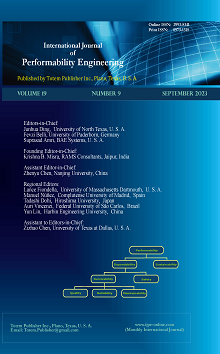-
D-SVM: A Deep Support Vector Machine Model with Different Kernel Types for Improved Intrusion Detection Performance
- Sanjay Razdan, Himanshu Gupta, and Ashish Seth
-
2023, 19(9):
598-606.
doi:10.23940/ijpe.23.09.p5.598606
-
 Abstract
Abstract
 PDF (354KB)
PDF (354KB)

-
References |
Related Articles
Due to recent developments in technologies like the Internet of Things, Cloud Computing, Fog Computing and Mobile computing, a large volume of data is generated, accessed remotely from various devices like mobile devices, laptops, personal computers, etc. Cloud computing is characterized by a large volume of inbound and outbound traffic, which is critical. This data needs to be protected from intruders while it is in motion andat rest. A Network Intrusion Detection System (NIDS) is a tool that detects network intrusions and raises an alarm if any malicious packet is found on the network. Many researchers have used machine learning algorithms to develop NIDS models to detect intrusions. Recently, researchers have proposed deep learning techniques to increase the accuracy of NIDS. However, it has been observed that these techniques still fall short of the desired accuracy. In this paper, we have proposed a Deep Support Vector Machine (D-SVM) model with a hybrid feature selection method to increase the accuracy. We believe that no single kernel type can give the best classification results. Hence, we combined multiple SVMs with different kernel types in series to increase accuracy. We trained and tested the model on the NSL-KDD dataset. We learningdataset the same dataset to compare our model with the deep learning model. We observed that the proposed model outperformed the deep learning model. On reaching our model with the previous work, we observed that the proposed model gives better results than earlier models, which used SVM and Deep learning techniques. It was found that the proposed model has better accuracy andperforms well on other performance metrics.

